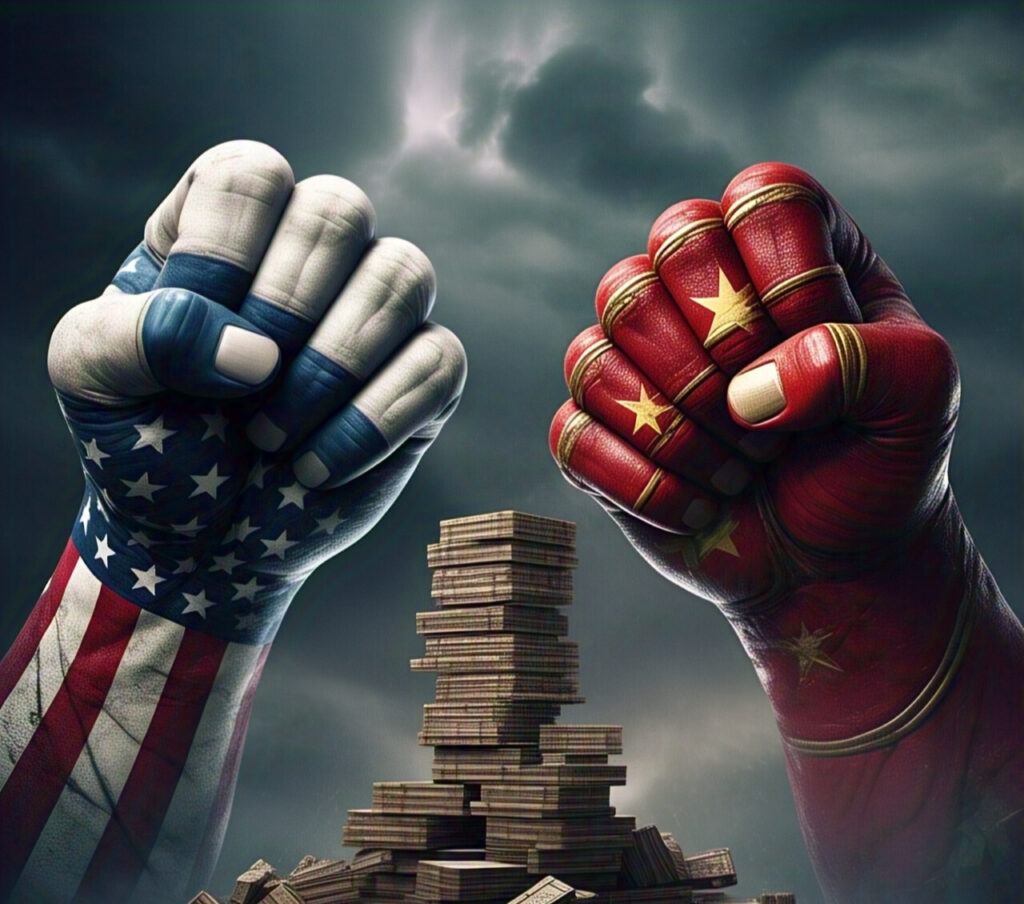
The tariff war between the United States and China has become one of the defining elements of international trade relations in the 21st century. What began as a trade dispute quickly escalated into a prolonged economic standoff between the world’s two largest economies, reshaping global markets and impacting industries, consumers, and diplomatic ties worldwide.
Origins of the U.S.-China Tariff War
The conflict officially began in 2018 under the administration of U.S. President Donald Trump. His government accused China of engaging in unfair trade practices, including intellectual property theft, forced technology transfers, and currency manipulation. In response, the U.S. imposed tariffs on billions of dollars’ worth of Chinese goods, aiming to reduce the trade deficit and pressure China to change its policies.
China retaliated with its own set of tariffs on U.S. products, particularly targeting agriculture, automotive, and manufacturing sectors. What followed was a tit-for-tat series of tariff hikes, disrupting trade flows and creating uncertainty for global businesses.
Economic and Global Impact
The tariff war has had significant consequences:
- For the U.S.: While the intent was to protect American industries and create jobs, the tariffs also raised costs for businesses reliant on Chinese imports. Farmers, especially those in soybean and pork production, suffered heavily due to Chinese retaliatory tariffs.
- For China: Exporters faced reduced demand in their biggest market. However, China sought alternative trade partners and ramped up domestic production to offset losses.
- For the Global Economy: The uncertainty shook financial markets, disrupted supply chains, and slowed global economic growth. Countries caught in the middle had to adjust trade policies and seek new strategies to avoid being impacted.
The Phase One Deal
In January 2020, both countries signed the “Phase One” trade agreement, in which China agreed to increase its purchases of U.S. goods and strengthen intellectual property protections. In return, the U.S. rolled back some of the imposed tariffs. However, many core issues remained unresolved, and the agreement’s implementation was hindered by the COVID-19 pandemic.
Current Status and Future Outlook
As of 2025, the U.S.-China tariff war has not fully ended. While diplomatic efforts under subsequent administrations have focused on de-escalation and strategic competition, many tariffs remain in place. The two nations continue to negotiate on issues like technology, national security, and market access.
In the long term, the tariff war has prompted a shift toward diversification in global trade. Companies are increasingly moving manufacturing to other countries to avoid tariffs, and governments are reevaluating trade alliances.
Conclusion
The U.S.-China tariff war has shown how deeply interconnected the global economy is, and how economic policies can have far-reaching consequences. While some industries have adapted, many continue to feel the effects. As negotiations evolve, the world watches closely, knowing that the outcome will influence global trade dynamics for years to come.